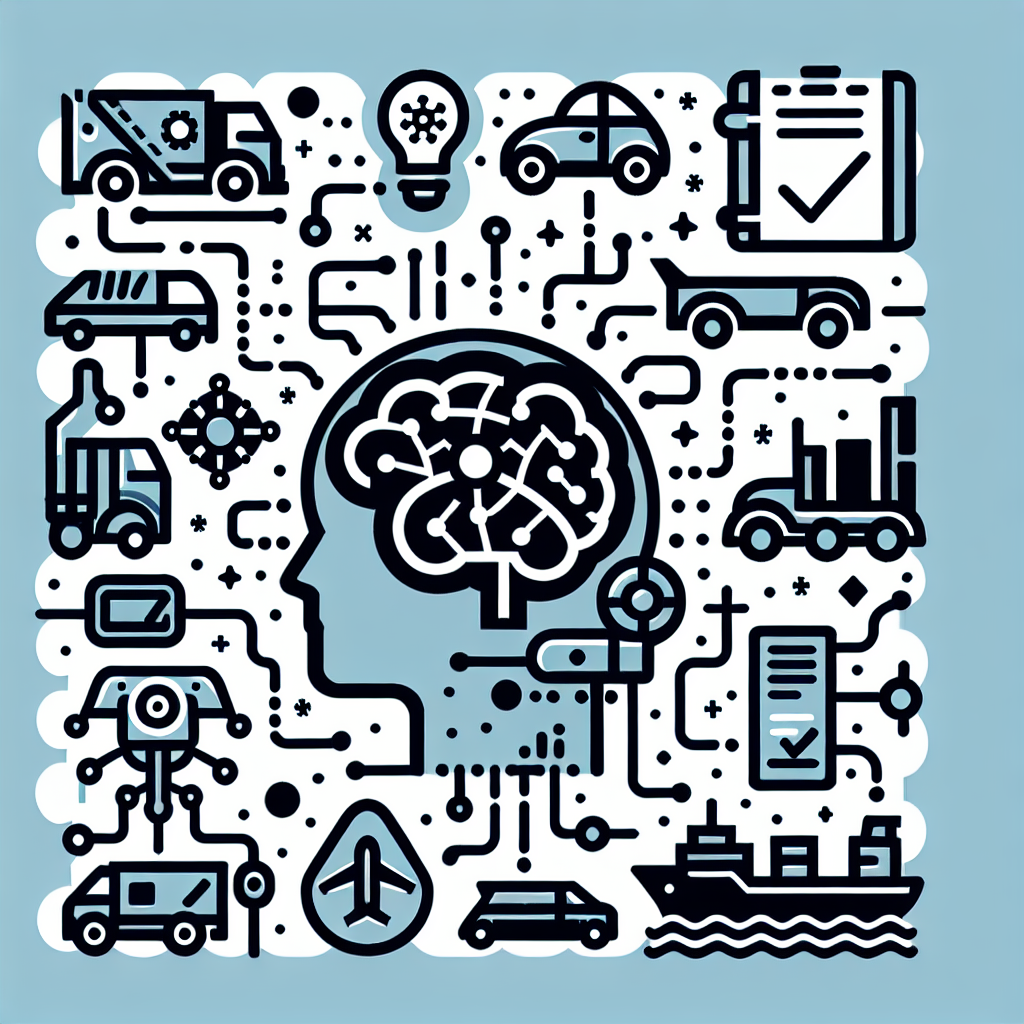Enhancing Fleet Performance with AI-driven Predictive Maintenance Solutions
Fleet management is a critical aspect of many industries, including transportation, logistics, and construction. Ensuring that vehicles and equipment are operating at peak performance is essential for maximizing productivity, reducing downtime, and minimizing costs. One of the most effective ways to achieve these goals is through the use of AI-driven predictive maintenance solutions.
Predictive maintenance uses advanced analytics and machine learning algorithms to monitor the condition of vehicles and equipment in real-time, predict when maintenance is needed, and proactively schedule repairs before a breakdown occurs. By leveraging AI technology, fleet managers can optimize maintenance schedules, reduce unplanned downtime, and extend the lifespan of their assets.
AI-driven predictive maintenance solutions analyze data from sensors, telematics systems, and other sources to detect patterns and anomalies that indicate potential issues. These solutions can predict when a component is likely to fail, identify the root cause of a problem, and recommend the most cost-effective course of action. By using AI to automate the monitoring and analysis of fleet data, managers can make more informed decisions and take proactive steps to prevent breakdowns and costly repairs.
Benefits of AI-driven Predictive Maintenance
There are several key benefits to implementing AI-driven predictive maintenance solutions in a fleet management system:
1. Reduced Downtime: By predicting when maintenance is needed and scheduling repairs before a breakdown occurs, AI-driven solutions can minimize unplanned downtime and keep vehicles and equipment in operation.
2. Increased Efficiency: By optimizing maintenance schedules and reducing the time spent on unnecessary repairs, fleet managers can improve the overall efficiency of their operations and maximize productivity.
3. Cost Savings: By preventing breakdowns and extending the lifespan of assets, AI-driven predictive maintenance solutions can help reduce maintenance costs and increase the return on investment for fleet equipment.
4. Improved Safety: By ensuring that vehicles and equipment are in good working condition, AI-driven solutions can enhance safety and reduce the risk of accidents caused by mechanical failures.
5. Data-Driven Decision Making: By analyzing data from sensors and other sources, AI-driven solutions provide fleet managers with valuable insights that can help them make more informed decisions and optimize their maintenance strategies.
FAQs about AI-driven Predictive Maintenance Solutions
1. How does AI-driven predictive maintenance work?
AI-driven predictive maintenance solutions use advanced analytics and machine learning algorithms to analyze data from sensors, telematics systems, and other sources. These solutions monitor the condition of vehicles and equipment in real-time, detect patterns and anomalies that indicate potential issues, and predict when maintenance is needed. By leveraging AI technology, fleet managers can optimize maintenance schedules, reduce unplanned downtime, and extend the lifespan of their assets.
2. What are the key benefits of AI-driven predictive maintenance?
Some of the key benefits of AI-driven predictive maintenance solutions include reduced downtime, increased efficiency, cost savings, improved safety, and data-driven decision making. By predicting when maintenance is needed and scheduling repairs before a breakdown occurs, these solutions can minimize unplanned downtime, improve the overall efficiency of operations, reduce maintenance costs, enhance safety, and provide valuable insights for fleet managers.
3. How can AI-driven predictive maintenance help fleet managers optimize their maintenance strategies?
AI-driven predictive maintenance solutions can help fleet managers optimize their maintenance strategies by analyzing data from sensors and other sources, detecting patterns and anomalies that indicate potential issues, and predicting when maintenance is needed. By automating the monitoring and analysis of fleet data, managers can make more informed decisions, proactively schedule repairs, and prevent breakdowns and costly repairs.
4. What are some examples of AI-driven predictive maintenance solutions?
There are several AI-driven predictive maintenance solutions available on the market, including software platforms that use machine learning algorithms to analyze data from sensors, telematics systems, and other sources. These solutions can predict when a component is likely to fail, identify the root cause of a problem, and recommend the most cost-effective course of action. Some examples of AI-driven predictive maintenance solutions include IBM Maximo, GE Predix, and Uptake.
In conclusion, AI-driven predictive maintenance solutions offer a powerful tool for enhancing fleet performance and optimizing maintenance strategies. By leveraging advanced analytics and machine learning algorithms, fleet managers can reduce downtime, increase efficiency, save costs, improve safety, and make more informed decisions. By implementing these solutions, companies can maximize the lifespan of their assets and achieve a competitive advantage in the market.

